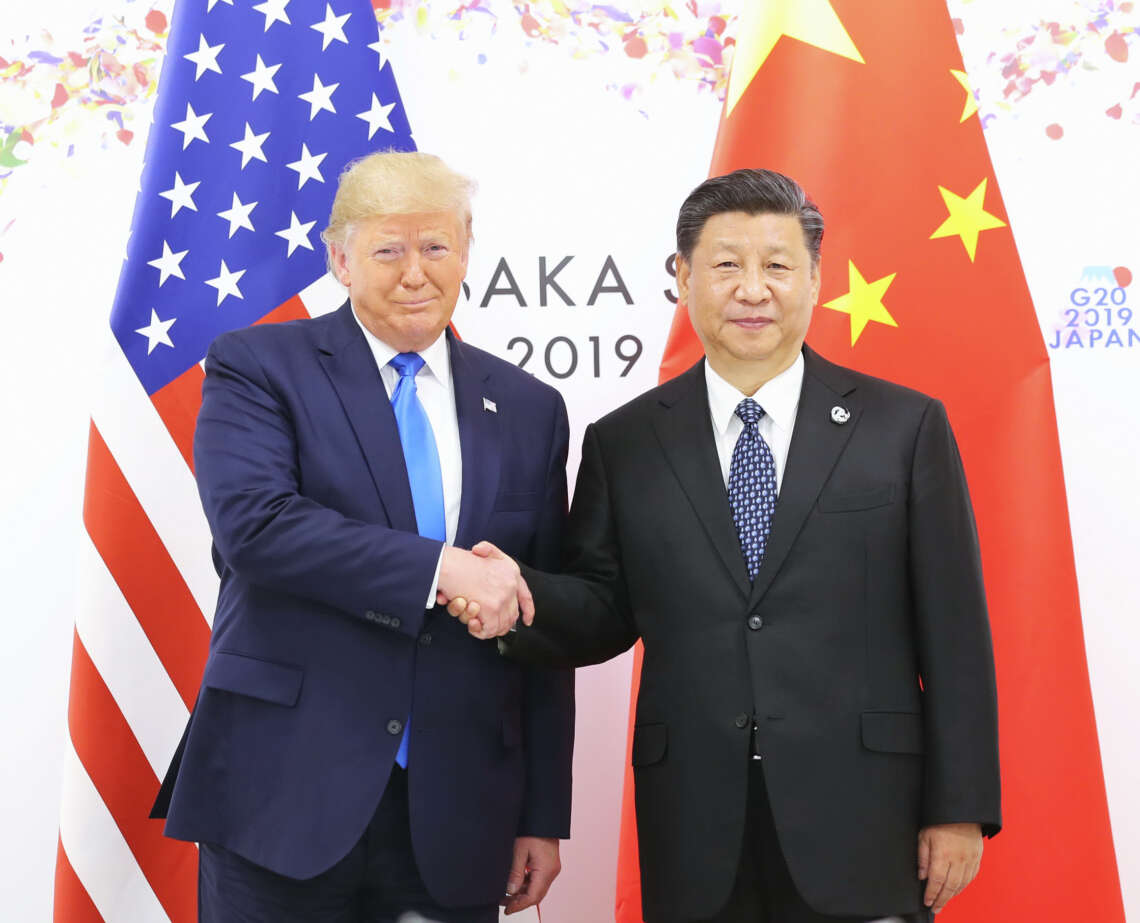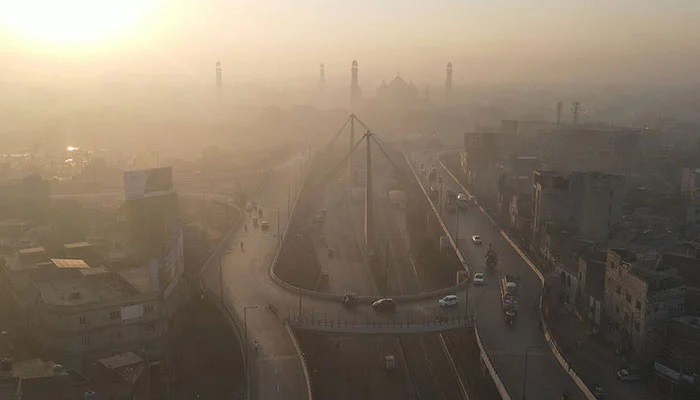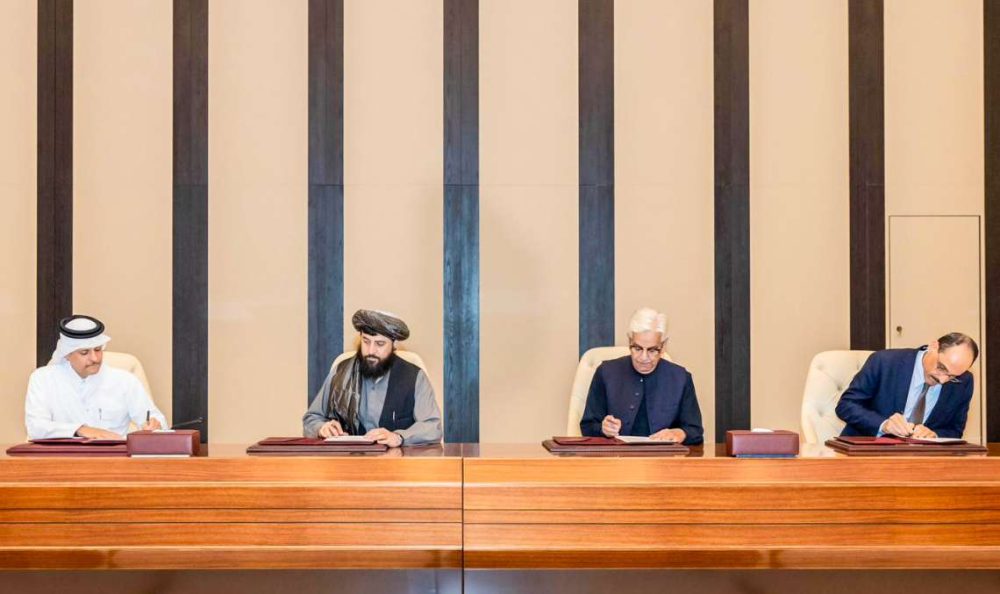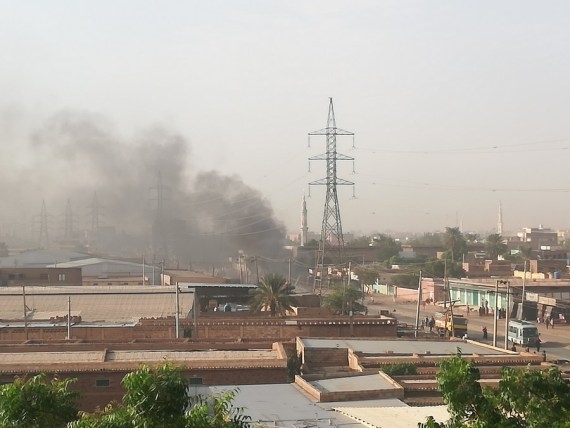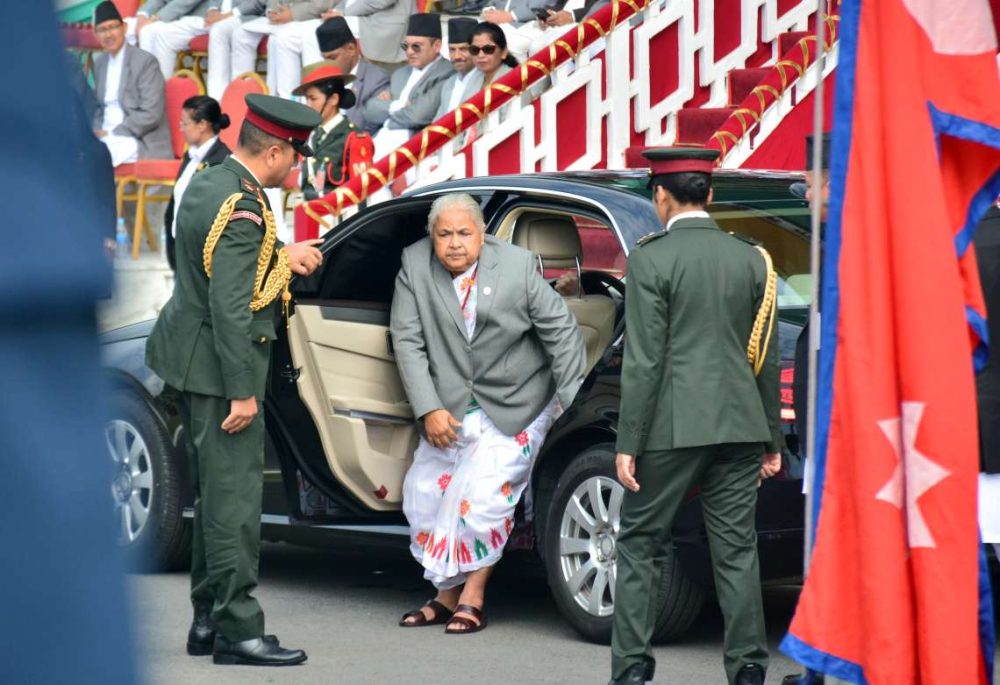The Bangladesh Bhutan India Nepal (BBIN) initiative will be critical for India at a time when China is expanding its military and economic might through the multi-billion infrastructure BRI, a report by Mahua Venkatesh
As the world gears up for a post Covid-19 phase, clamour for regional economic cooperation and integration among South Asian countries especially the Bangladesh Bhutan India Nepal (BBIN) region is growing. In fact, South Asia is one of the least integrated regions in the world, causing mammoth economic losses to the countries including India and Bangladesh.
A recent study by the Netherlands based European Foundation for South Asian Studies (EFSAS) said that apart from decreasing the collective economic bargaining power of the region, the lack of regionalization has led to geopolitical implications “as it allows for the enhanced entry of extra-regional actors and extra-regional initiatives, most notably in the context of China’s Belt and Road Initiative (BRI).”
The study added that the Chinese infrastructure investment through the BRI and China Pakistan Economic Corridor (CPEC) responds to this lack of integration and the associated lack in regional connectivity.
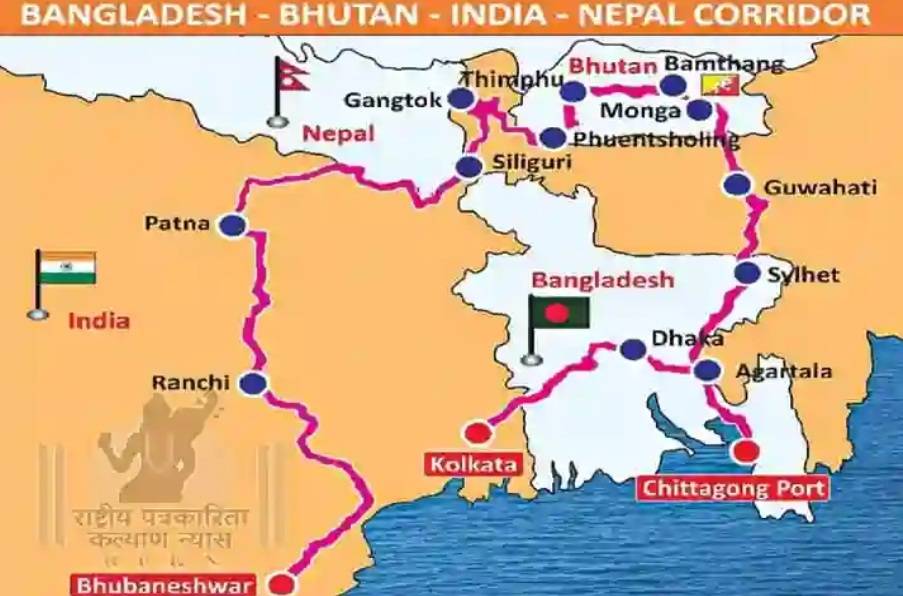
“The BBIN project is a game changer but what is required now is a time-bound implementation of the same,” an insider told India Narrative.
The infrastructure initiative will be critical for India at a time when China is expanding its military and economic might through the multi-billion infrastructure BRI.
According to the World Bank, which started a One South Asia campaign just a few months ago, the impact of the “long term scars” emanating from the pandemic could be felt even after economic recovery.
Recently, in a meeting, Bangladesh Foreign Minister AK Abdul Momen even raised the issue with the outgoing Nepalese Ambassador to Dhaka Banshidhar Mishra.
“South Asia, as a region, needs to be looked at holistically if the true growth potential is to be achieved,” Bipul Chatterjee, Executive Director, CUTS International told India Narrative.
The World Bank also said that intraregional trade now stands at just one-third of its potential with an estimated gap of $23 billion annually. It also said that an electricity market of the BBIN countries would save an estimated $17 billion in capital costs. And improvements in transport and logistics can reduce the 50 per cent higher cost for container shipments in South Asia compared to OECD nations.
“We need to move fast on the BBIN initiative to build better connectivity especially in the post Covid world, which will be a different era with a shift in geopolitics,” Nazneen Ahmed Senior Research Fellow, Bangladesh Institute of Development Studies (BIDS) said earlier.
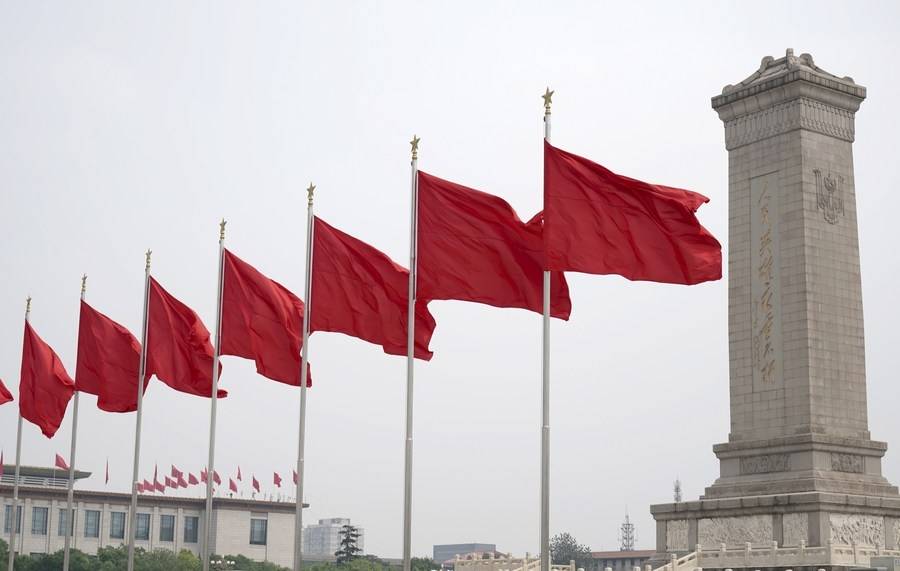
China’s overall rising debt problem
Rising debt�public as well as private�has become a cause for serious concern for China. Reports have suggested that about $1.3 trillion is the estimated Chinese corporate debt that would be due in 12 months.
The Washington-based Institute of International Finance (IIF) in 2019 said that China’s debt topped 300 per cent of GDP. This included debt across all sectors such as household, government, financial and non-financial corporate.
The country’s overall level of debt is driven primarily by real estate, corporates and shadow banking. China’s overall debt is difficult to assess as a large part of it is borne by the local governments and state owned enterprises. “The central government is not overleveraged and benefits from ample foreign currency reserves. But regional governments have expanded unsafe financial operations since 2007, and often resort to off-the-counter loans or shadow banking.
To add to the problem, China’s ambitious Belt and Road Initiative (BRI), is mostly funded by its local governments and SOEs.
Several countries which received loans from China either for the BRI projects or other infrastructure initiatives have been unable to repay their debts due to the Covid 19 pandemic. Large part of such debt had to be restructured, analysts pointed out.
“The problem with China is lack of transparency in the lending amount or pattern. Therefore, it is difficult to come to any clear assessment but logically speaking, it would be a problem for Beijing to address the debt situation, which in turn would impact lending towards BRI,” an analyst told India Narrative.

Though China has turned into a major global lender, it is not a member of the Paris Club– an informal group of creditor nations with the aim to strike workable repayment solutions. Not just that. The country is also not part of the Organisation for Economic Co-operation and Development (OECD). Both Paris Club and OECD maintain loan records of official creditors.
“Debt, whether public or private, does seem to be an Achilles heel for China, and accounting practices and reporting are murky,” Voice of America quoted Doug Barry, a spokesperson for the U.S.-China Business Council as saying.
China’s FDI into Pakistan slows down
Inflow of foreign direct investments (FDI) into Pakistan has shown signs of picking up in the last couple of months. But there is a caveat. Inflow from China, Pakistan’s all weather friend, has slowed down. Also, the cumulative FDI inflows in the first three months (July-Sept) of the current fiscal year 2021-22 were recorded at $439.1 million, which was 4 per cent or $18.5 million, lower compared to $457.6 million in the same period of last year, the Express Tribune said.
According to reports, in September FDI inflow into Pakistan jumped 16 per cent to touch $236 million against $202.8 million in the corresponding month previous year. The chunk of the FDI inflow has come from the US despite fraying relations between Washington and Islamabad.
In the July to September period this year, FDI from the US stood at $100.9 million while it was only $76.9 million from China.
The Pakistani daily Dawn in a report said that the five-time higher FDI inflows from the US in 1QFY22 are encouraging for the country while at the same time a significant decline of FDI from China is worrisome.
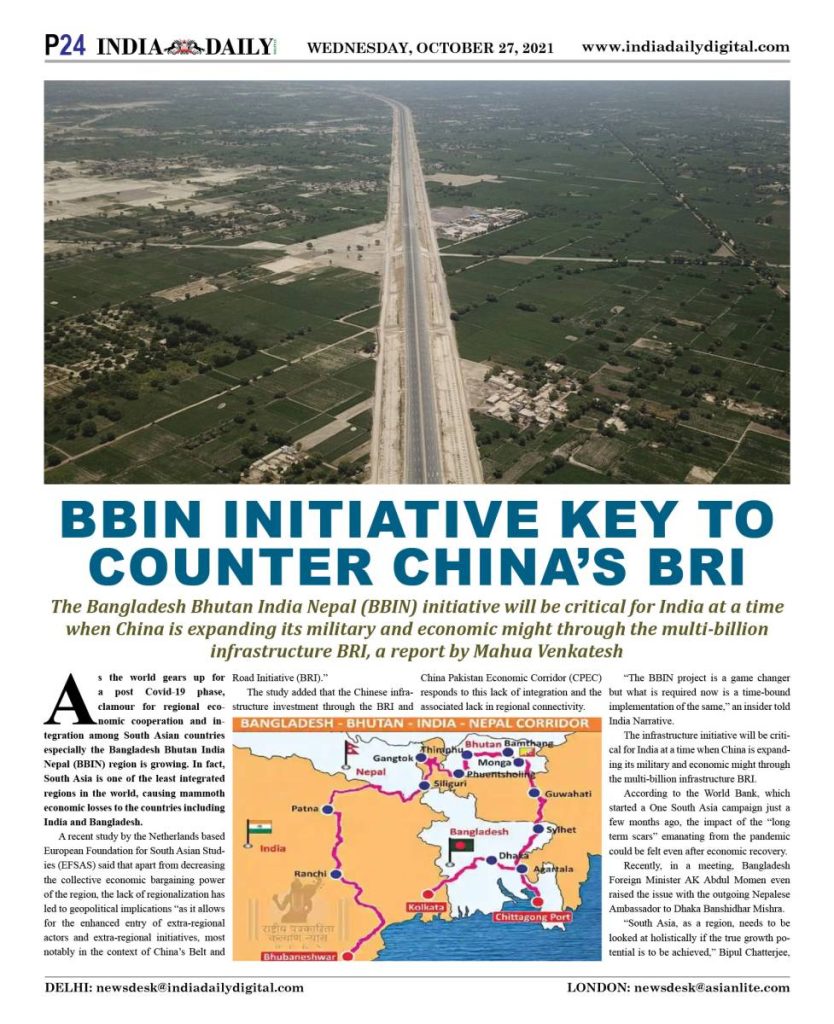
Analysts India Narrative spoke to, said that investments towards the much talked about China Pakistan Economic Corridor (CPEC), the fulcrum of the Belt and Road Initiative are thinning down. Not only has the multi-billion project been hit by corruption and delays, the recent spate of attacks in Pakistan that were essentially targeted at the Chinese nationals have also had an impact, they opined.
“Pakistan will be worried as it has typically been relying on China for assistance and going by data, Chinese investments are slowing down. This shows that investments into the much talked about CPEC (China Pakistan Economic Corridor) is now thinning and there is a possibility that China which is also battling several economic challenges will be choosy in investing money,” an analyst with an industry chamber told India Narrative.
The road ahead for Islamabad may not be easy as the Paris based anti money laundering watchdog Financial Action Task Force (FATF) retained Pakistan on its grey list. FATF in a recent report also warned that terror outfits “continue to pose a serious threat to international stability, security and peace”. Earlier, an independent think tank Tabadlab estimated an economic loss of a whopping $38 billion for Pakistan on account of the FATF grey list. The country has been placed thrice on its grey list since 2008. More recently, from June 2018, it has continuously been on the FATF grey list.
(The content is being carried under an arrangement with indianarrative.com)



